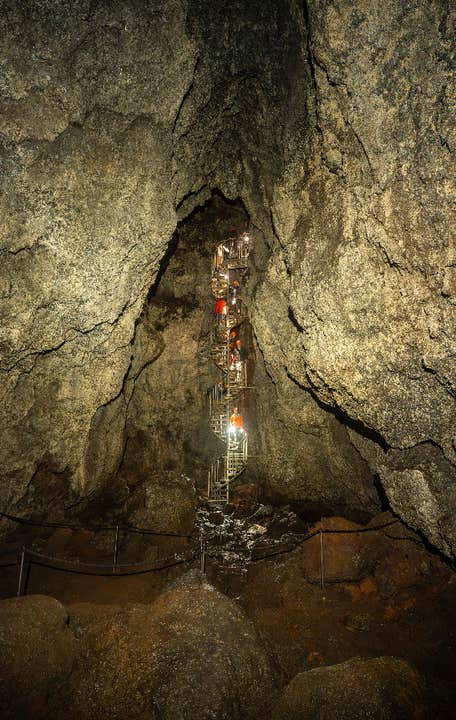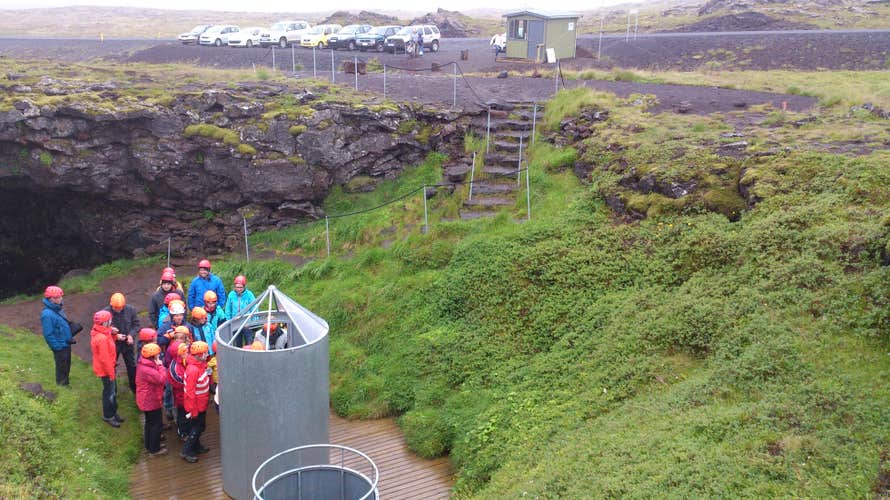Description
Summary
Description
Explore an 8,000-year-old lava cave on this unforgettable 50-minute tour of Vatnshellir cave. This Iceland tour is perfect for those who want to experience the unique nature of Iceland and the thrill of exploring an underground cave.
Your guided tour begins in Vatnshellir cave, south of the beautiful Snaefellsjokull glacier. There won’t be a pickup service from your accommodation, so ensure that you arrive at the cave at least 10 minutes before the tour begins.
You and your group will also meet your guide, who’ll give you a briefing and supply you with all the needed information during the tour.
Since you’ll be going underground, you’ll get a helmet and a flashlight from your tour operator. Please note that headlamps are not allowed inside the cave.
Make sure to dress warmly, as Iceland’s weather can get pretty cold, and bring some gloves. You should also wear a pair of good hiking shoes or boots.
After checking in for the tour and everything’s ready, you and your group will descend through a winding staircase to the cave.
Vatnshellir cave is a lava tube formed after a nearby crater’s eruption thousands of years ago. The eruption caused a lava river, which, even when its surface began to cool and created a crust, the lava underneath continued to flow. After all the lava’s flushed out, it made a hollow tube that became Vatnshellir cave.
Now, the cave is filled with beautiful views of lava formations and walls with vivid colors of red, orange, green, yellow, and so on. It also has several chambers, with some hidden. Make sure to take some images inside the cave, which you can keep to remember this experience.
The cave is around 700 feet (200+ meters) long and can go as deep as 115 feet (35 meters). At the bottom of the cave, you’ll be asked to turn off your flashlights for a moment and experience complete darkness. It can be a startling but amazing new feeling to experience.
Note that although this caving tour is ranked easy, you still need to be reasonably fit to join. As a quick test, if you can continuously go up a two to three-story building without any problem, then you should be fine joining this tour. Moreover, kids five to 11 years old can join this tour for free.
The tour ends after you return to the cave’s opening.
Go on this breathtaking underground adventure at the Vatnshellir cave and explore a unique part of Iceland. Check availability now by choosing a date.













